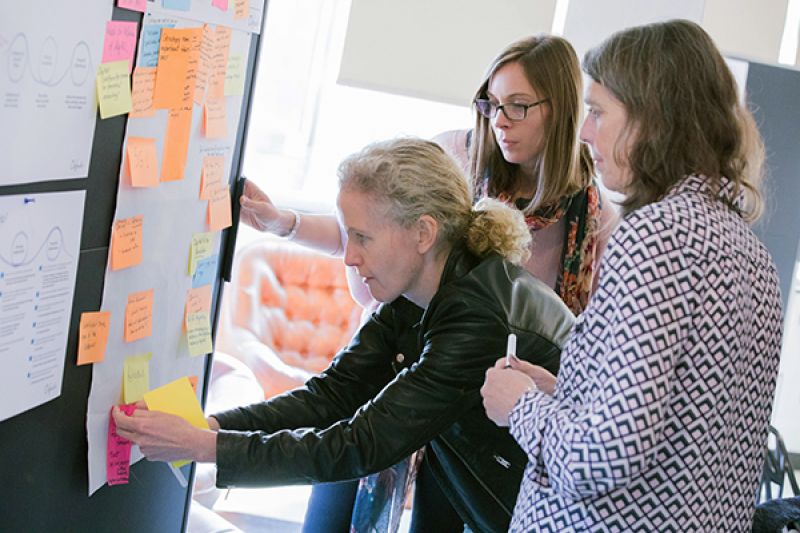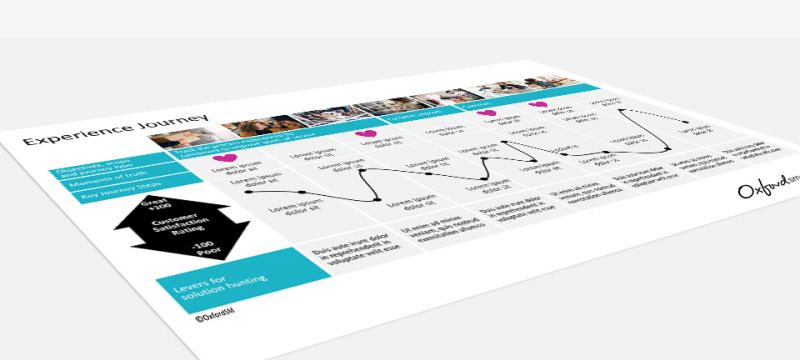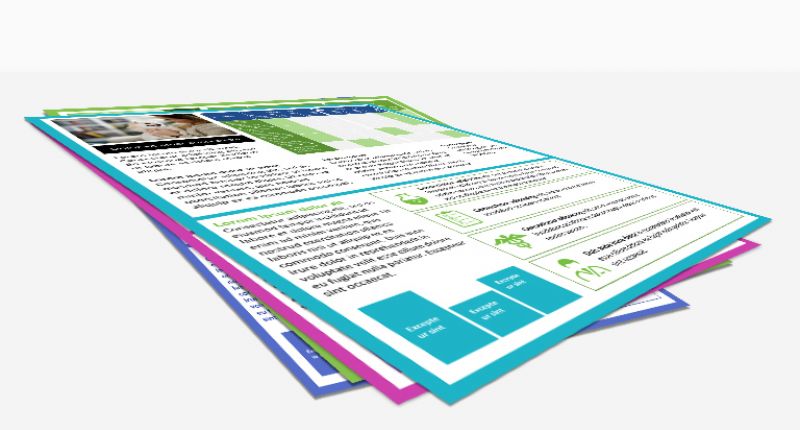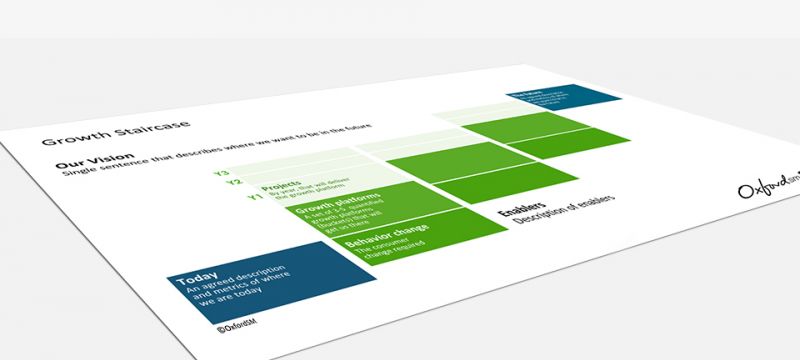How rapid analysis can drive strategic development
We have spent many years working with big pharma to help develop more effective brand strategies. It’s at the heart of our business and what we like to think we do best.
Recently we have had the opportunity to work with some smaller companies.
They need the same compelling brand strategies, but don’t have access to the wealth of data available in their larger competitors to support the analysis that provides the springboard for any strategic development.
We’ve had to become more efficient in our approach, and, from an analyst’s point of view, it has been a timely reminder of the value a truly focused piece of work can bring.
Committing to a strategy requires confidence and conviction
The fundamental start point is a robust piece of analysis. Usually we are overwhelmed with information already available to the team, and it can take a while to sift through everything to develop a simple, insightful summary that supports the identification of growth drivers.
Smaller, and newer, companies, however, don’t have the luxury of a history of large market research and business analysis budgets.
The teams we worked with had run a few pieces of primary research, and bought in to one or two larger syndicated studies, but when we started to ask questions, it was all too easy to identify knowledge gaps.

So, how do you move forward?
We’re lucky in healthcare. There’s a vast amount of information available in the public domain, but it’s easy to become trapped in circles, burning analysis time with little to show for it.
Identifying the knowledge gaps focused the team on what we really needed to know, and then finding those answers.
Suddenly it became possible to build a genuinely robust analysis, that was fit for purpose, within the few short days we had.
When building a strategy to deliver growth you really only need two things:
- Patient Journey - When you understand this, you can identify the opportunities to improve outcomes. Considering the viewpoint of every type of stakeholder, from regulators to payers, physicians to carers brings into focus opportunities that speak to your brand’s attributes - the ones where you can make a difference. These become the growth platforms that will form the basis of your brand strategy.

- Market Evolution - An understanding of how the market will evolve in the future allows you to future-proof your strategy, making sure you build truly sustainable competitive advantages in a world that we all know can change rapidly with the next technological advance.

Both of these can be unsettling as they nearly always go beyond what a team “knows”. A patient journey is an experience which few, if any, internal folks know first-hand. And, predicting the future is also fraught with uncertainty. So that’s what we included in our analysis.
This work takes days, not weeks
The patient journey starts with an analytical framework, mapping each step from the very first sign or symptom right through to the final outcome.
We used credible sources to flesh out the details of what happens at each step, highlighting the unmet needs and identifying the disconnects between the short- and long-term goals of different stakeholders.
Once the basic journey was in place, a few well-chosen interviews with both internal team members and a few of their external stakeholders provided us with richness and depth. The opportunities to improve outcomes became obvious.
Once the basic journey was in place, a few well-chosen interviews with both internal team members and a few of their external stakeholders provided us with richness and depth. The opportunities to improve outcomes became obvious.
Understanding how the market might evolve in the future was more challenging to do. The length of time it takes to run clinical trials meant we could easily identify emerging therapies, but we knew that anything from new diagnostics to changes in the political landscape could all come from left field, with relatively little notice.
So we built the usual competitor landscape, but also prepared by considering a range of future market scenarios, enabling us to pressure test the strategies, uncovering their weaknesses and strengthening the future position accordingly.
And then it’s simple…
Working closely with the internal teams, we used the analysis to identify the opportunities to improve outcomes. The priority opportunities were evolved into strategies which articulated the behavior changes we needed to see in stakeholders to make each one a reality, and identified the things that needed to be done to enable that change.

Then finally, we pressure tested each strategy against the future market scenarios, and built in contingency plans as necessary.
And there was the brand strategy, all based on a rigorously simple piece of analysis that ensured the delivery of improved outcomes, through the increased use of a particular brand, well in to the future.
Being challenged to work with smaller companies without the support of huge knowledge banks forced us to consider what really matters for strategic development, and to find ways of managing uncertainties with more confidence.
However, by taking the time to do the analysis well, it is possible to build brand strategies that speak to genuine needs, changing lives for the better and delivering growth for the brands we support.
Seems simple, really. If any of this leaves you unsettled about your existing strategy, we’d love to talk. Get in touch.
Share this
You May Also Like
These Related Stories

How a portfolio brings added value to Pharma

Using growth to bridge the age-old sales and marketing divide

.png?width=657&height=57&name=OXFORD%20LOGO%20(1).png)
No Comments Yet
Let us know what you think